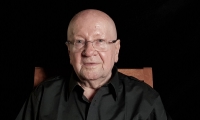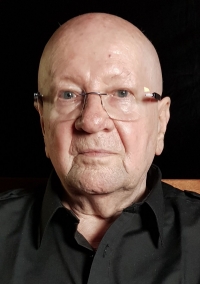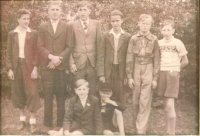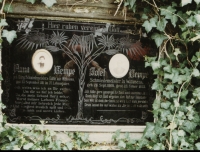I’m one of the last witnesses of the Postoloprty massacre
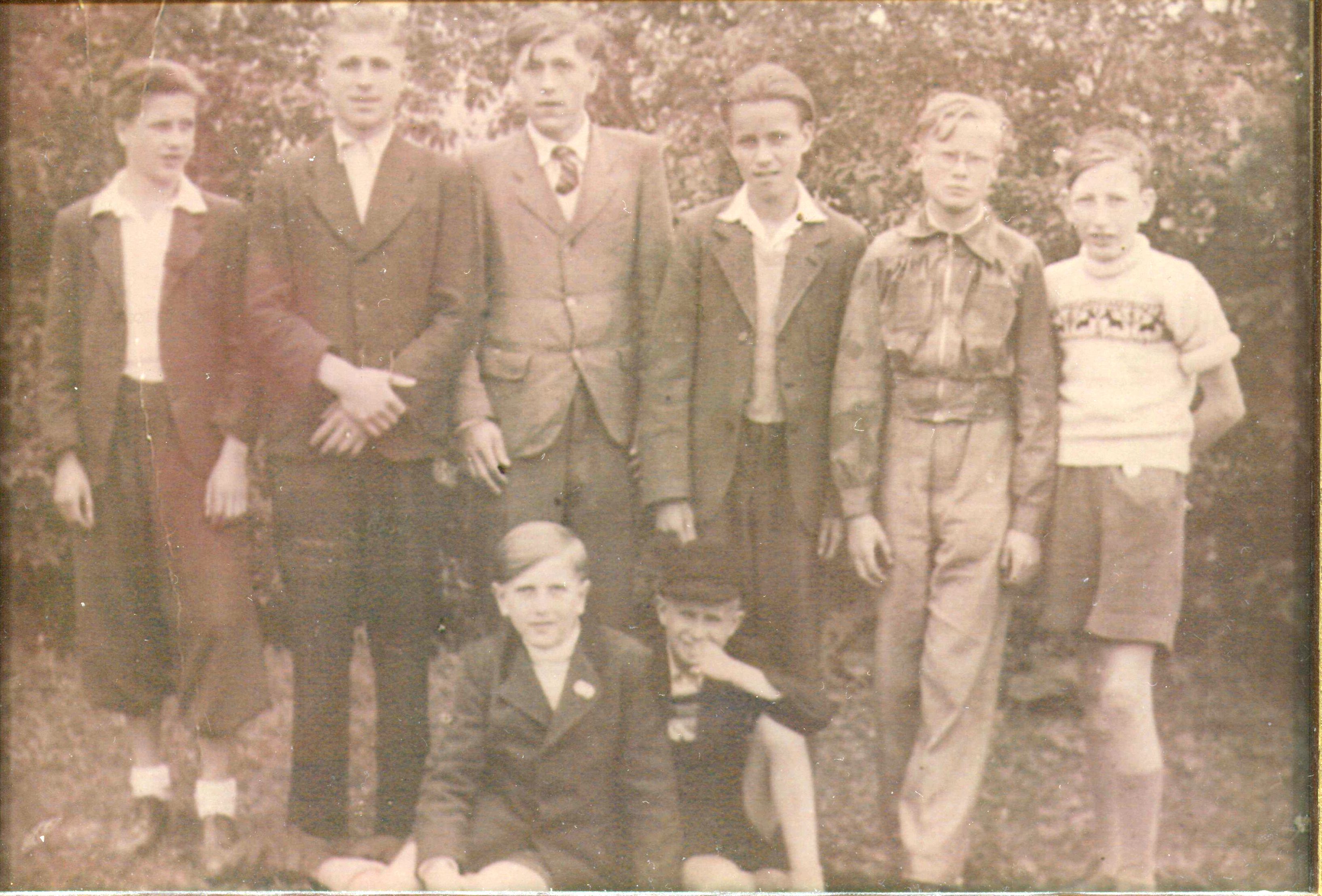
Stáhnout obrázek
Kurt Kempe was born on 5 August 1932 in Postoloprty (Postelberg in German) as the son of carpenter Ernest and his wife Emilie, maiden name Neumann from Blšany (Flöhau). In September of 1938 he attended the first class in a Czech school, however a month later the Sudety region was annexed, Postoloprty became part of the Reich and Kurt and his Czech classmates were moved to a German school. He only began to comprehend the horrors of war in the autumn of 1944 seeing German deserters from the East passing through the town and most acutely in 1945 when people from one of the death marches from a concentration camp “near Dresden” stayed the night in the cold storage of the Postoloprty brewery. During the final days of the war, thirteen-year-old Kurt, together with other boys who were members of the Hitler Youth, took part in an improvised citizens defence action under the Volkssturm, but thankfully there was no actual fighting. The Red Army arrived in Postoloprty on 9 May, but were gone from the town by 15 May and made room for a military unit sent from Prague to “clean the town of the Germans” with the help of the local Revolutionary Guards. As early as Saturday 26 May 1945, German officials, Nazis and the like were assembled at the local courthouse. On Sunday 27 May the remaining German citizens of Postoloprty were forced to gather at the local barracks. Kurt was originally placed alongside the adult men, but a son of family friends of theirs, the Bernards, moved him to join the children and so saved his life. Apart from the women and children, all men aged 13–65 years old stayed in the barracks and were shot. A day after the massacre the remaining German population was allowed three kilograms per person and transported to a camp in the pheasantry. There Kurt spent about a month, and at that time the men from neighbouring Žatec were brought to Postoloprty and also shot. While staying in the Postoloprty pheasantry, Kurt – together with a group of similarly old boys – was taken to field labour in nearby Vidovle. After nine months of forced labour, in March 1946 Kurt was transferred via the concentration camp in Žatec - in open cattle-cars -to Bavaria. Thanks to the Red Cross, his uncle was able to find him there, and later also identified Kurt’s mother and sister. In 1950 his father also returned from Soviet captivity. Before that, in 1947, Kurt went to a meeting of Postoloprty natives in Lichtenfels. At this meeting Kurt heard the first-hand accounts of the surviving men, only then understanding the extent of the Postoloprty catastrophe. Today he no longer wishes to return to Postoloprty – he still can’t stomach the way the locals fail to remember the massacre of the German citizens.
